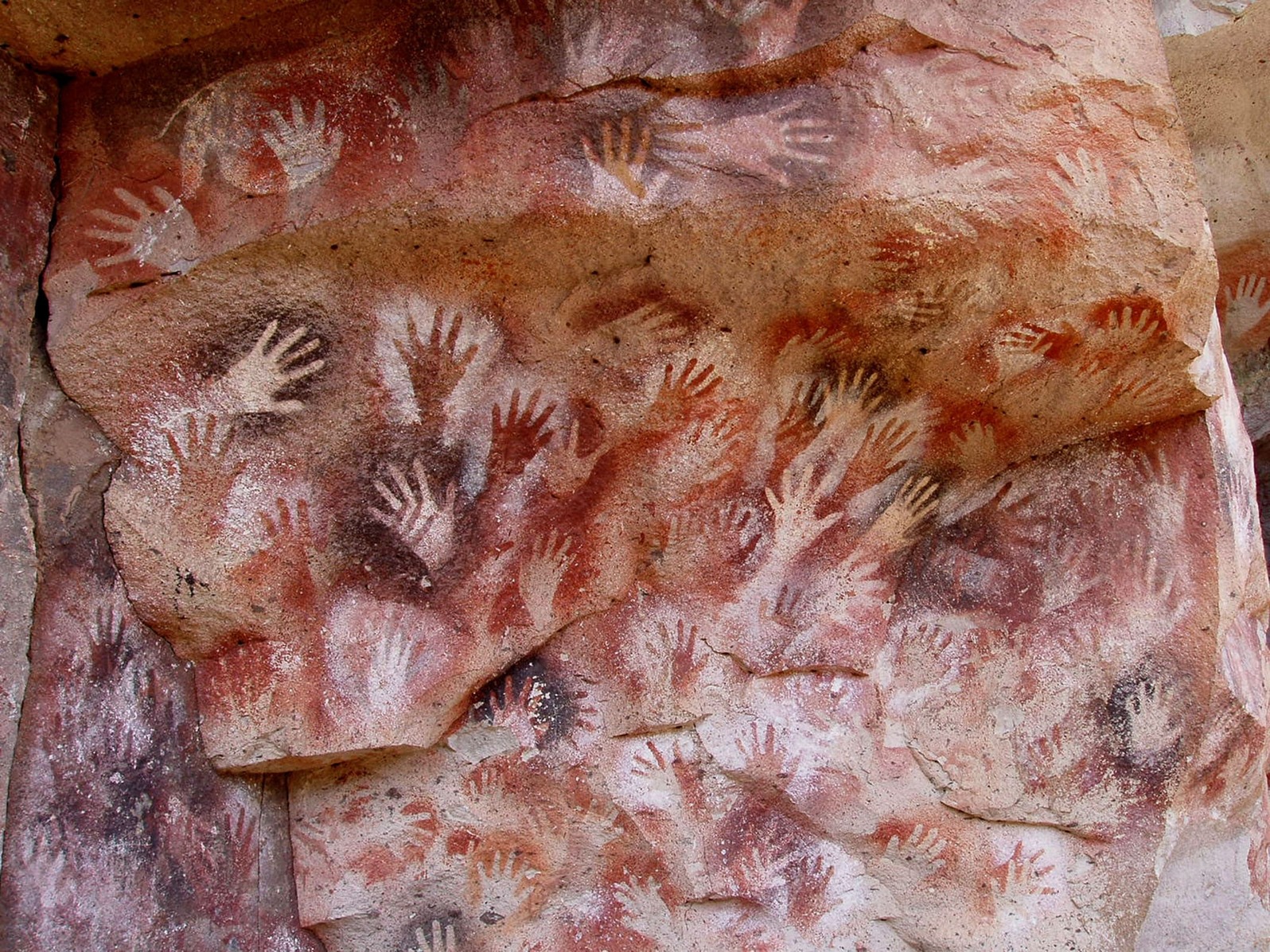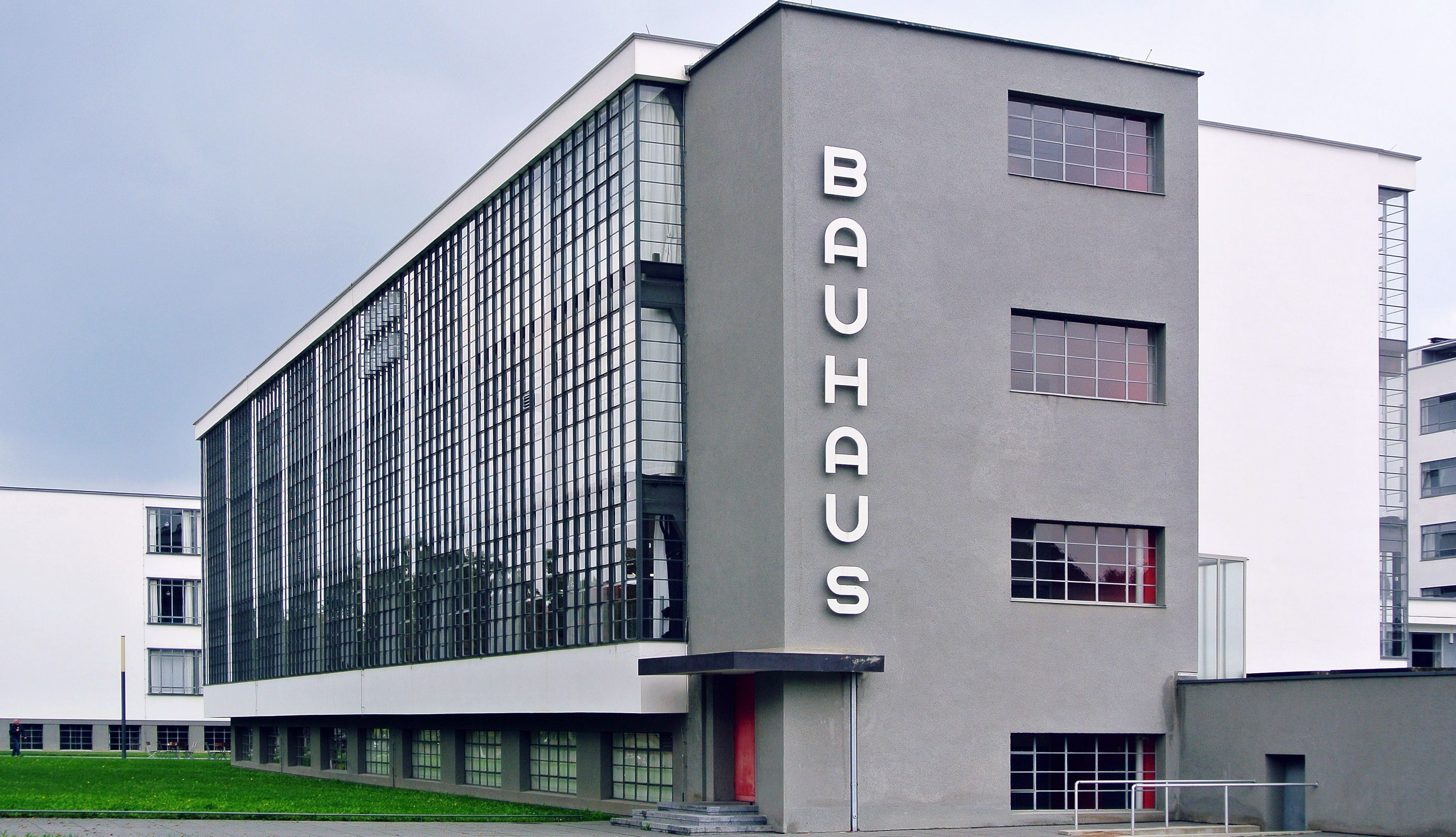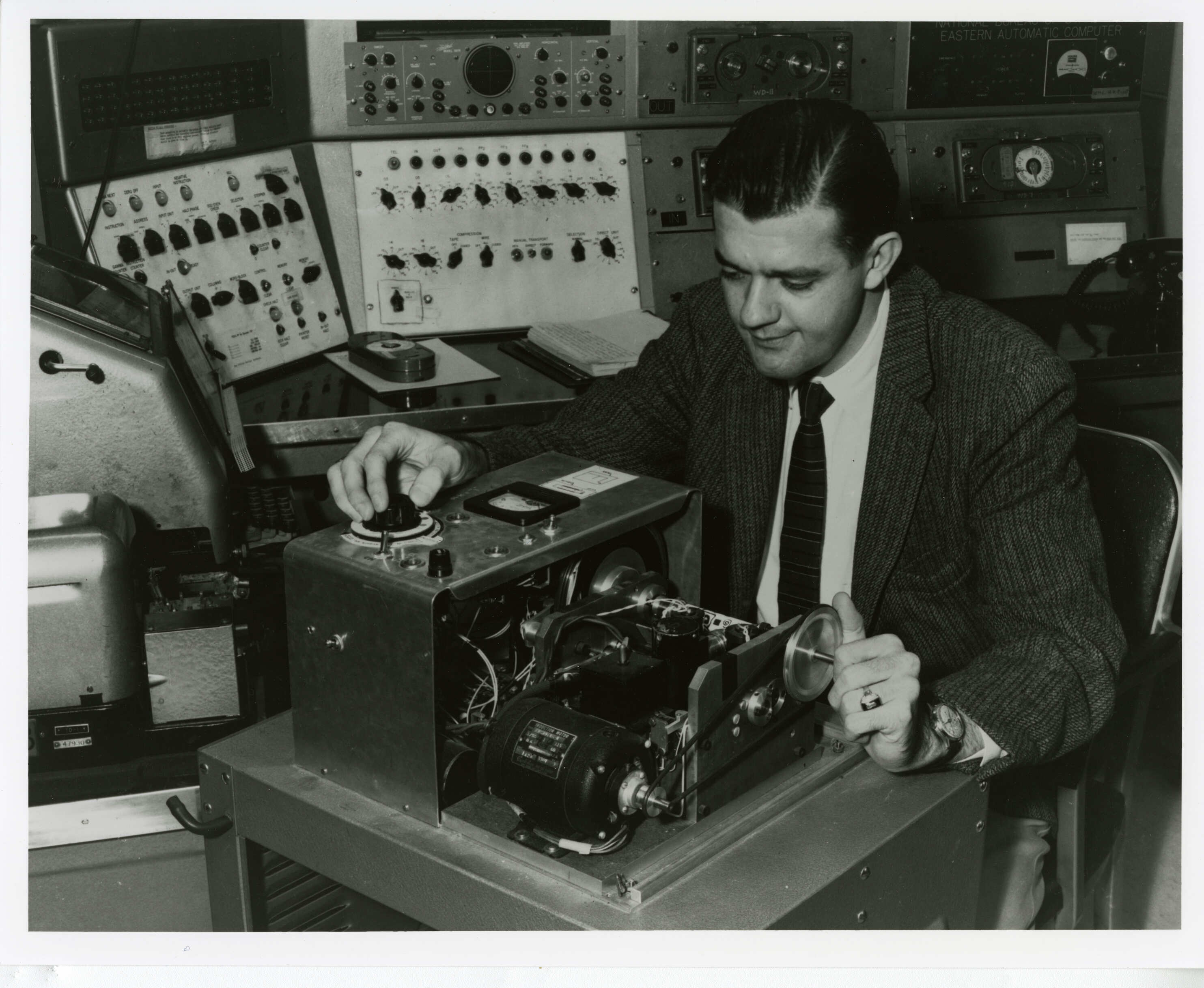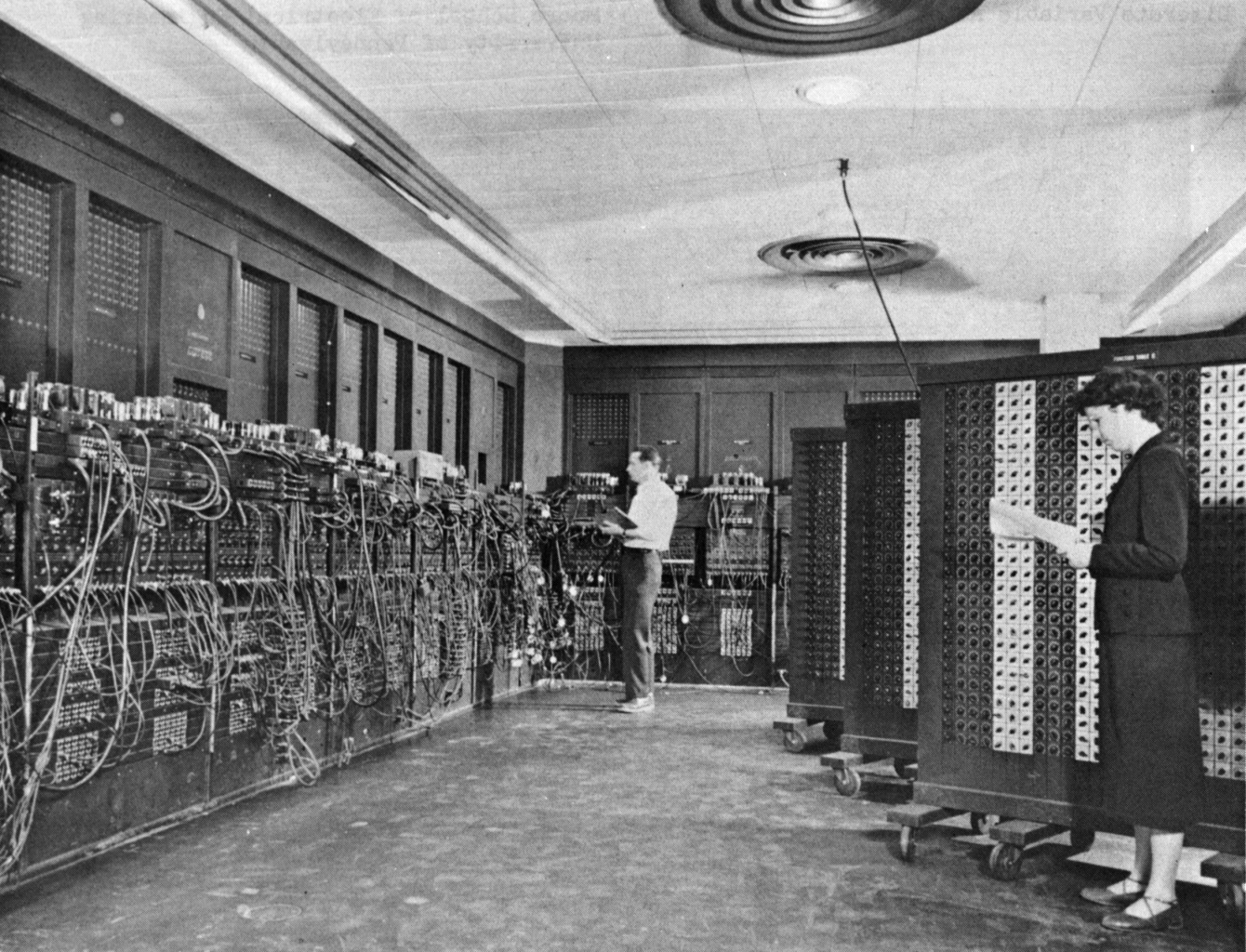THE HISTORY OF 3D RENDERING: The Digital Age. Part 3
THE ICONS OF 3D RENDERING
Utah VW Bug
Hardware
At the end of the 1960s the leading device for computations in CG was a mainframe computer Univac then the results were sent to a PDP-8 minicomputer, which passed the image to a Tektronix oscilloscope through analogue output lines and after that it was recorded by a camera without being displayed on a screen.
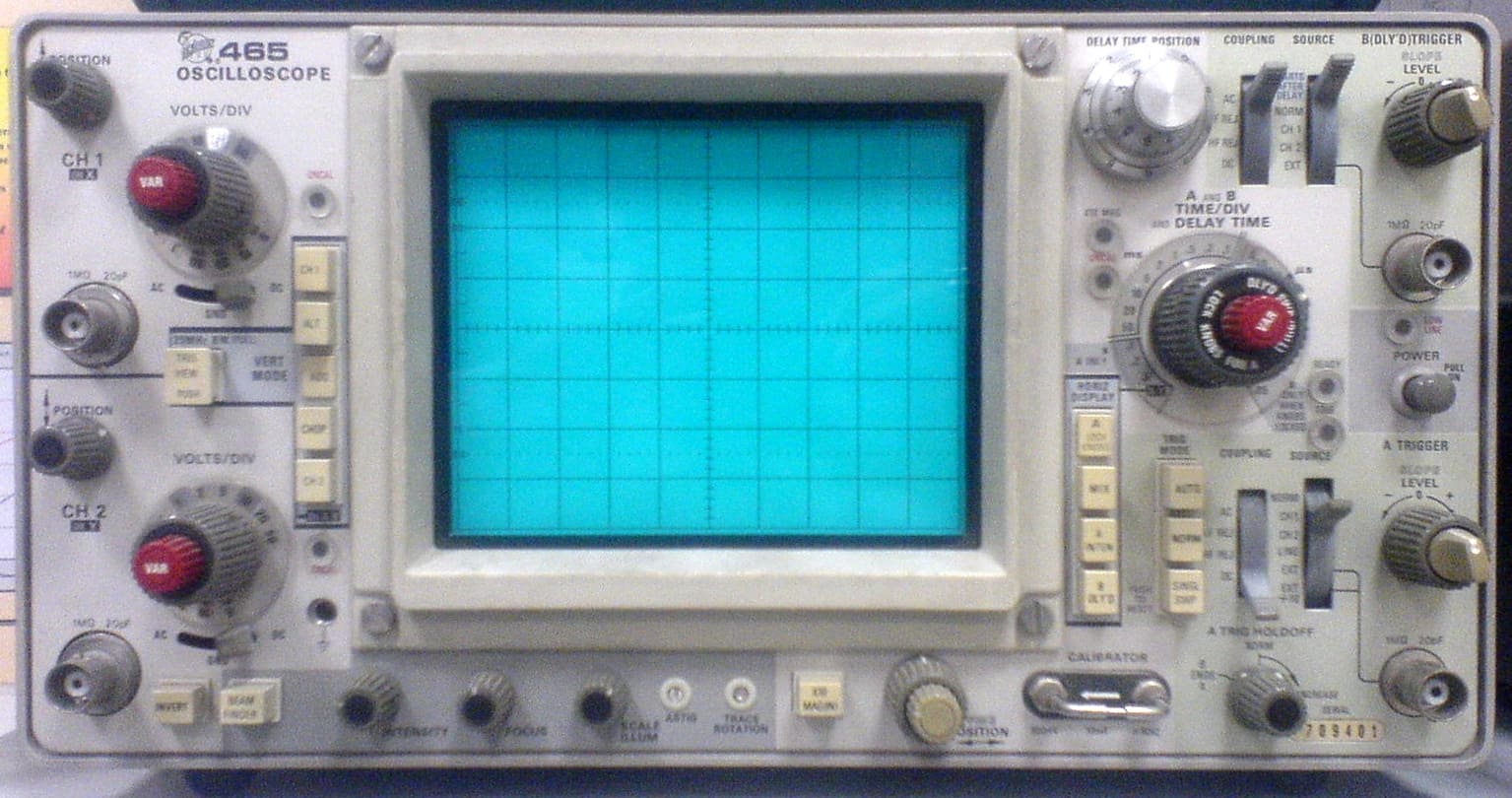
The Challenging Task
It was a challenging task of Professor Ivan Sutherland to his students at the University of Utah in 1972: to choose an iconic object for realistic rendering. The students’ choice was the Volkswagen Beetle as a symbol of globalization and as a car, owned by Sutherland’s wife Marsha.
The Real Modelling
The students divided Marsha’s car into upper and lower parts and draw a set of points and lines to describe the flat polygons on its surface. The taller students (Jim Clark and Robert McDermott) measured the upper parts, the shorter students (Bui Tuong Phong and Pafael Rom) had the lower points. They used volleyball joints in the pavement as a reference system. The coordinates of the painted points were measured with the yardsticks. As the car was symmetrical, the students measured only half of it.
The Computer Modelling
After measurements they entered by hand the lists of point coordinates and polygons into text data files. The hardware developed by Gary Watkins helped them to imprint shaded images onto a direct film recorder. For rendering they used flat shading and Gouraud shading. They rendered only the car itself without wheels or chassis. The work was very slow, tedious, took lots of time and efforts, but finally all the pieces were digitized, rotated, scaled and placed together.
Sutherland and his students pioneered 3D rendering and the Utah VW Bug entered the family of icons.
Utah Teapot
Martin Newell one more famous computer scientist from the University of Utah. In the course of his PhD at the U of U he modelled the teapot which is now worldwide known as the Utah Teapot. The image has become an absolute icon of 3D rendering and one of the symbols of 3D Solid Modelling era.
The Historic Purchase
The physical original of the mathematical model was a Melitta-brand ceramic teapot purchased by Sandra Newell, Martin’s wife, from a department store ZCMI in Salt Lake City in 1974. It was she who initiated the process of CG rendering, suggesting usage of their teapot as a model.
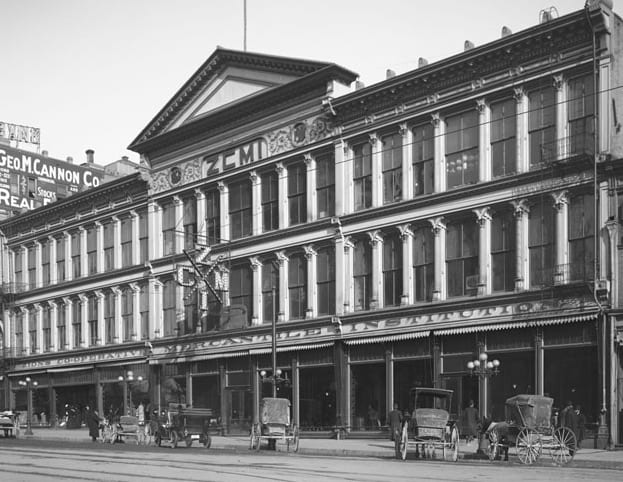
The Traiblazing in 3D Solid Modelling
Newell accomplished the idea. First he sketched the teapot in pencil, then visualized and rendered it, using Tektronix storage tube to edit Bezier control points at his computer lab. (Bezier curve is used in CG to approximate a real–world shape. It was developed by a French engineer Pierre Bezier for designing curves on bodyworks of Renault cars in the 1960s).
The Iconic Object
The Utah Teapot has become a standard reference object, a 3D test model and an image with lots of appearences in mass media, videos, computer graphics, etc.
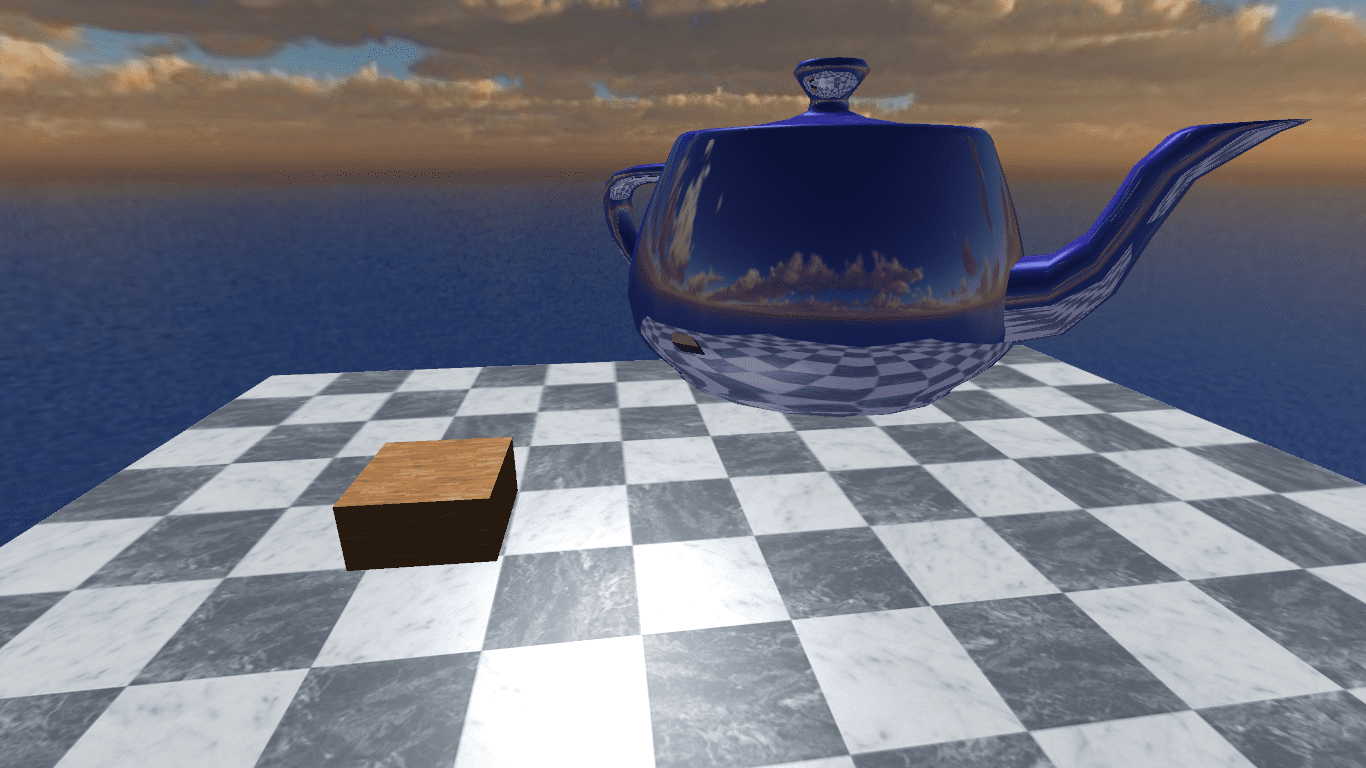
The original Melitta teapot is now displayed at the Computer History Museum in Mountain View, California.
Back to the Real World
The German company Friesland Porzellan, which derived from Melitta group, is still producing the prototype of the Newell’s Teapot. In 2017 as soon as the company realized the importance of the object it was given an official name “Utah Teapot”. Nowadays it is available in different sizes and colours. The one Martin Newell modelled was 1,4L Utah Teapot.
A Computer Animated Hand
Another famous name – Edwin Catmull. Another famous object – his own computer animated hand.
When the Dream Comes True
Catmull’s childhood dream was to become an animator, as he was keen on Walt Disney’s cartoons. At the University of Utah his inspiration in digital imaging was boosted by his teacher, Professor Ivan Sutherland. Edwin Catmull together with Fred Parke was the first to create digitally realistic film, using 3D computer graphics. In this short 1972 film Catmull modelled and animated his own left hand. In 1976 the film was included in the Hollywood movie Futureworld. In December 2011 Catmull’s film was added to the National Film Registry of the Library of Congress.
The Names
Martin Newell is a British-born computer scientist with specialization in computer graphics. At CAD Centre in Cambridge he with his brother and Tom Sancha developed Newell’s painting algorithm. At the U of U he visualized and rendered the Utah Teapot and continued the development of the painter’s algorithm for rendering. This algorithm works on polygon-to-polygon basis rather than pixel-to-pixel basis and is one of the Hidden-surface determination algorithms, which solve the problems of visibility in computer rendering.
Edwin Earl Catmull (born March 31, 1945) is an American computer scientist, the co-founder of Pixar and the President of Walt Disney and Pixar Animation Studios up to 2018. In 2019 he was awarded ACM Turing Award for his contribution to 3D CG.
At the U of U in the 1970s his fundamental developments in CG were texture mapping and bicubic patches. Texture mapping is a method for determining texture, colour and details of a 3D model surface in CG. Bicubic patch is a mathematical representation of a curved surface using bicubic functions. The scientist also developed the algorithms for spatial anti-aliasing and refining subdivision surfaces.
His another achievement is the co-invention of Z-buffering. Z-buffering is a method of representing depth information of 3D objects in 3D rendering. It is one of the variants of solving the problem of visibility.

